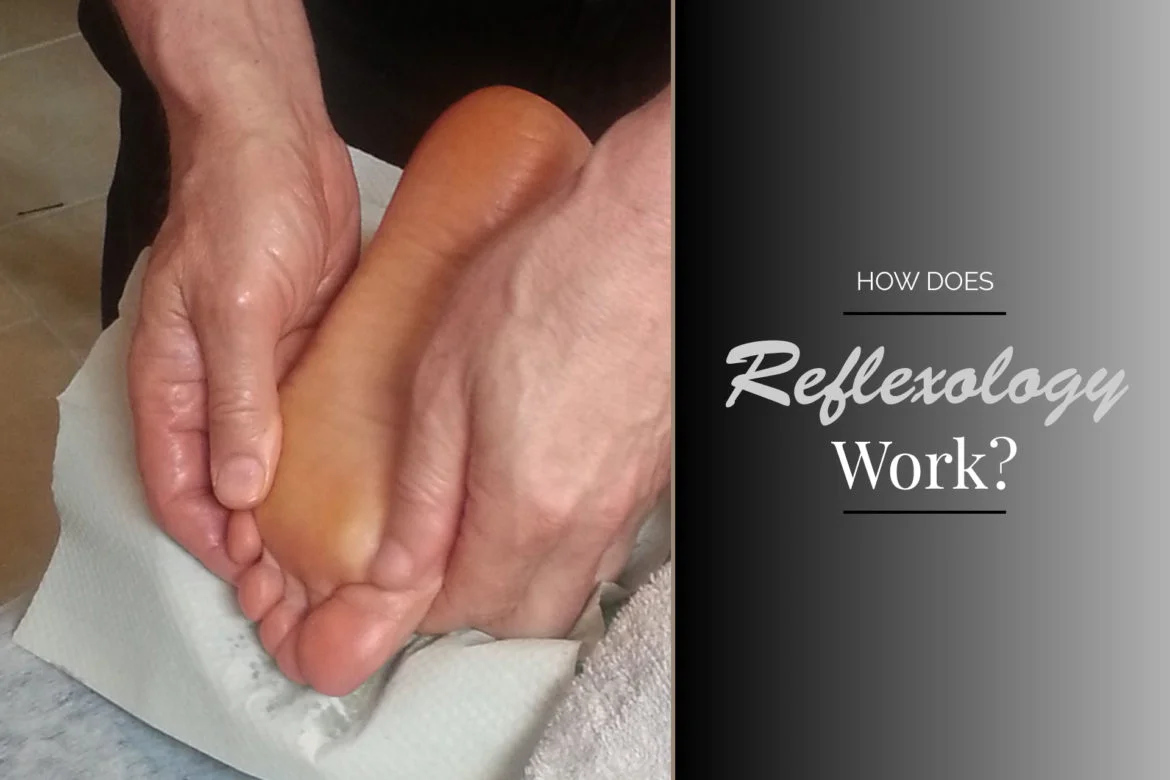Reflexology is so much than just a foot massage. As well as being super relaxing, a good reflexology session is an effective way to rebalance your body and address certain medical issues naturally and gently.
Reflexology isn’t an entirely new therapy, it’s an ancient holistic therapy based on a 300-year old Chinese practice. It works on the basis that different areas of your feet (and your hands, which are increasingly being used in reflexology treatments) correspond to different parts of your body and that massaging them using specific techniques can release energy ‘blockages’. This gets the energy channels in your body flowing better and helps it to heal itself.
Medical experts think that in scientific terms, reflexology works on the parasympathetic nervous system and encourages it to heal itself, but they do seem to agree that it can have powerful and measurable results.
Reflexology is best used as a relaxing holistic treatment, and if you have a specific health condition that you want to try and address with reflexology, most doctors are happy for you to include reflexology in your treatment plan alongside conventional treatment.
What Happens in a Reflexology Session?
Your first session is likely to start off with us asking if you have or have had in the past and your reasons for wanting reflexology. We need to get an overall picture of your health before your treatment starts. At this point we will also discuss whether or not we will be doing a full reflexology session, an half-massage, half-reflexology session, or if you are simply just adding 15 or 30 minutes to your massage as an accompaniment.
The session usually involves putting different types of pressure on specific areas of your foot. When incorproating Thai reflexology techniques, a special "dowel stick" may be used along with hands. This highlights areas which are out of balance and need extra massage.
Some areas might feel tender or slightly uncomfortable while they are being massaged – it’s nothing to worry about and this just means that there could be some extra work needed on that area. After a treatment, you can ask me which areas were tender or need attention so that you can address them if necessary.
How does Thai Reflexology Differ from Traditional Reflexology?
Traditional reflexology is an energy treatment that is performed just on the feet. Thai Reflexology combines the energy healing benefits of reflexology with the benefits of therapeutic massage by incorporating the entire lower leg, knee and foot in the treatment.
How Many Reflexology Sessions Are Needed?
You could have reflexology as a monthly pick me up – or if you’re using reflexology to address a specific problem, at least six sessions might be needed. These appointments can be booked as a stand alone appointment (Happy Feet) or make great, affordable accompaniments to your monthy or weekly massages.
What Can Reflexology Help With?
Many people use reflexology to treat specific conditions, including, but not limited to;
• Stress & anxiety
• pain, including back pain
• headaches & migraines
• irritable bowel syndrome (IBS)
• asthma
• fertility issues
• menopausal symptoms
• period pain
Is There Anyone Who Shouldn’t Have Reflexology?
Reflexology suits most people and is considered generally safe. If you’re really ticklish on your feet, you can always try hand reflexology, where we focus on the same points, yet on the palm of your hand instead, although really, the pressure is easy to tolerate and for most people it doesn’t give you the giggles.
If you have verrucae, athlete's foot, osteoporosis, have recently broken or fractured a bone in your ankle or foot, or broken the skin on your feet, you should avoid having reflexology.
If that all sounds appealing, why not book your reflexology session now?

